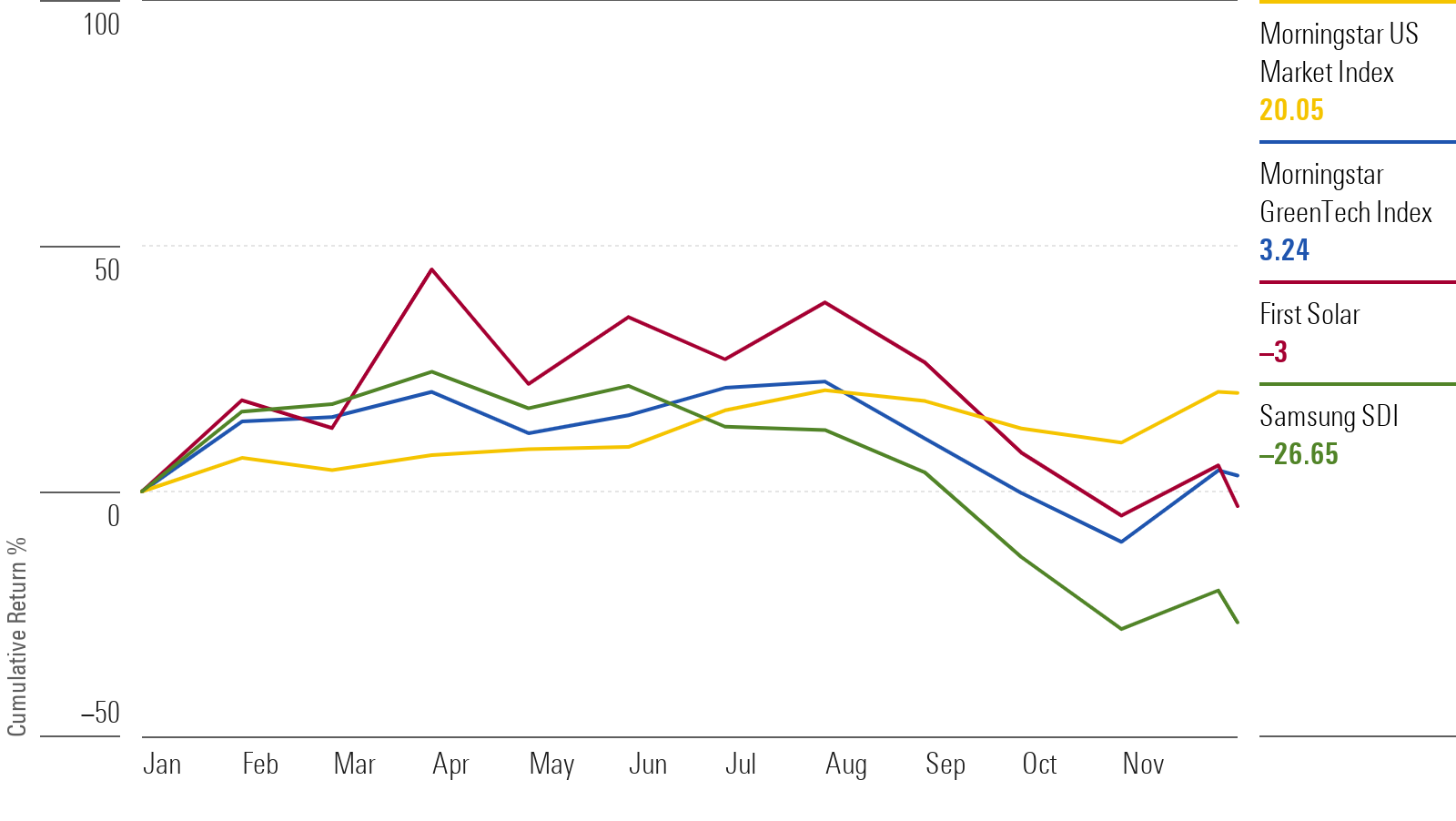investing in Tomorrow: Unearthing Undervalued Green Building Stocks
The world is changing, and so is how we build. Gone are the days when construction was solely about concrete and steel, with little thought for the planet. Today, “green building” isn’t just a buzzword; it’s a rapidly expanding industry, driven by a global push for sustainability, energy efficiency, and healthier living spaces. As we navigate 2025 and beyond, the demand for eco-friendly infrastructure is only set to skyrocket, making the green building sector a prime hunting ground for savvy investors.
But here’s the thing: with so much hype around “green” investments, it can be tough to distinguish the truly promising opportunities from the overvalued darlings. That’s why we’re going to dive into the exciting world of undervalued green building stocks – those companies quietly building the future, often overlooked by the mainstream, but poised for significant growth. We’ll explore what makes them “green,” why they might be undervalued, and what to look for when you’re thinking about putting your money into them.
What Exactly is Green Building, Anyway?

Before we talk stocks, let’s get on the same page about what “green building” actually means. It’s more than just putting a few solar panels on a roof. Green building, also known as sustainable building, is a holistic approach to design, construction, and operation that minimizes a building’s environmental impact throughout its entire lifecycle.
Energy Efficiency: Think super-insulated walls, high-performance windows, smart HVAC systems, and on-site renewable energy generation (like solar or wind). The goal is to dramatically reduce the amount of energy a building needs for heating, cooling, lighting, and ventilation.
Basically, a green building aims to reduce its carbon footprint, conserve resources, and create a healthier environment for its occupants. It’s about building smarter, not just bigger.

Why Green Building is the Future (and Why Some Stocks are Still Undervalued)
The move towards green building isn’t just a fad; it’s a fundamental shift driven by several powerful forces.
So, why are some green building stocks still undervalued despite these powerful trends?
Smaller Market Caps: Many innovative green building companies are still relatively small, meaning they don’t get as much attention from large institutional investors who tend to focus on big-name stocks.
Finding these undervalued gems requires a bit of digging, but the potential rewards can be significant.
What to Look For in Undervalued Green Building Stocks
When you’re trying to find those hidden gems, it’s not just about finding a company that says it’s green. You need to dig deeper.
The Undervalued Landscape: Companies to Keep an Eye On
It’s important to remember that “undervalued” is subjective and constantly changing. This isn’t financial advice, and you should always do your own thorough research. However, here are some types of companies within the green building sector that might currently be flying under the radar and are worth investigating for potential undervaluation in mid-2025:
Low-Carbon Concrete Innovators: Concrete production is a huge source of emissions. Companies developing and commercializing low-carbon or geopolymer concrete alternatives could see massive growth as regulations tighten and demand for sustainable materials increases.
AI-Powered Energy Management Systems: Beyond basic smart thermostats, look for companies developing advanced AI and machine learning platforms that optimize building energy consumption in real-time, predict maintenance needs, and integrate seamlessly with renewable energy sources.
Advanced Water Recycling Systems: As water scarcity becomes a global concern, companies offering innovative greywater, blackwater, and rainwater harvesting systems for commercial and residential buildings will be in high demand.
Off-Site Construction Innovators: Modular construction significantly reduces on-site waste, improves quality control, and speeds up project timelines. Companies that are perfecting off-site manufacturing processes for highly sustainable building components or entire structures could be poised for rapid expansion.
Building Material Reclamation and Recycling: Firms specializing in reclaiming, sorting, and processing construction and demolition waste into valuable new building materials are critical to achieving a circular economy in construction.
Risks and Considerations
Even with the promising outlook for green building, no investment is without risk. Here are a few things to keep in mind:
Conclusion
The green building revolution is well underway, transforming how we design, construct, and operate our built environment. Driven by increasing environmental awareness, stringent regulations, and rapid technological advancements, this sector offers a compelling investment thesis for those looking to align their portfolios with a sustainable future. While some segments of the green market may appear fully valued, opportunities abound in uncovering undervalued companies that are quietly innovating and scaling their solutions. By focusing on firms with strong intellectual property, diversified offerings, robust financials, and a clear vision for the future, investors can potentially unearth the next generation of industry leaders. Remember, diligent research and a long-term perspective are your best tools in navigating this exciting and impactful investment landscape. The future is being built green, and for savvy investors, that means opportunity.
5 Unique FAQs After The Conclusion
What are “embodied carbon” and why is it important in green building?
Embodied carbon refers to the greenhouse gas emissions associated with the entire lifecycle of building materials, from extraction and manufacturing to transportation, construction, and eventual demolition or disposal. It’s crucial because operational emissions (from heating, cooling, etc.) are decreasing in new green buildings, making embodied carbon a larger proportion of a building’s overall environmental impact. Minimizing embodied carbon means selecting materials that are recycled, locally sourced, have efficient production processes, or even sequester carbon (like some timber products).
How do green building certifications like LEED and BREEAM influence investment opportunities?
Green building certifications like LEED (Leadership in Energy and Environmental Design) and BREEAM (Building Research Establishment Environmental Assessment Method) are like quality stamps for sustainable construction. They provide a standardized framework for assessing a building’s environmental performance. Companies whose products or services help projects achieve these certifications often have a competitive edge, as developers and owners increasingly seek certified green buildings for their market value, lower operating costs, and enhanced reputation. Investing in companies contributing to these certifications can therefore be a smart move, as it aligns with market demand and regulatory trends.
Can smaller, niche green building companies realistically compete with large, established construction firms?
Absolutely. While large construction firms are incorporating green practices, many smaller, niche companies are the true innovators. They often specialize in cutting-edge technologies (like advanced materials or AI-driven systems) that larger companies may eventually acquire or partner with. Their agility, focused expertise, and ability to quickly adapt to new scientific breakthroughs or regulatory changes can give them a significant competitive advantage in specific segments of the green building market. The key is to identify those with strong intellectual property and scalable solutions.
What role does the circular economy play in the future of green building stocks?
The circular economy is a fundamental principle gaining traction in green building. Instead of a linear “take-make-dispose” model, it focuses on designing out waste and pollution, keeping products and materials in use, and regenerating natural systems. For investors, this means looking at companies that facilitate material reuse, repurpose construction waste, or even develop “product-as-a-service” models where building components are leased and returned for refurbishment or recycling. Companies embracing these circular principles are better positioned for long-term sustainability and resource efficiency.
Beyond financial metrics, what non-financial indicators should I consider when evaluating undervalued green building stocks?
Beyond traditional financial metrics, consider a company’s commitment to ESG (Environmental, Social, and Governance) principles, which can often be found in their sustainability reports. Look for transparent reporting on their environmental impact, employee welfare practices, and ethical governance. High employee satisfaction, a diverse leadership team, and strong community engagement can all be indicators of a well-managed and resilient company. Additionally, research their reputation within the green building community and their involvement in industry associations, as this can signal their commitment and influence in the sector.


